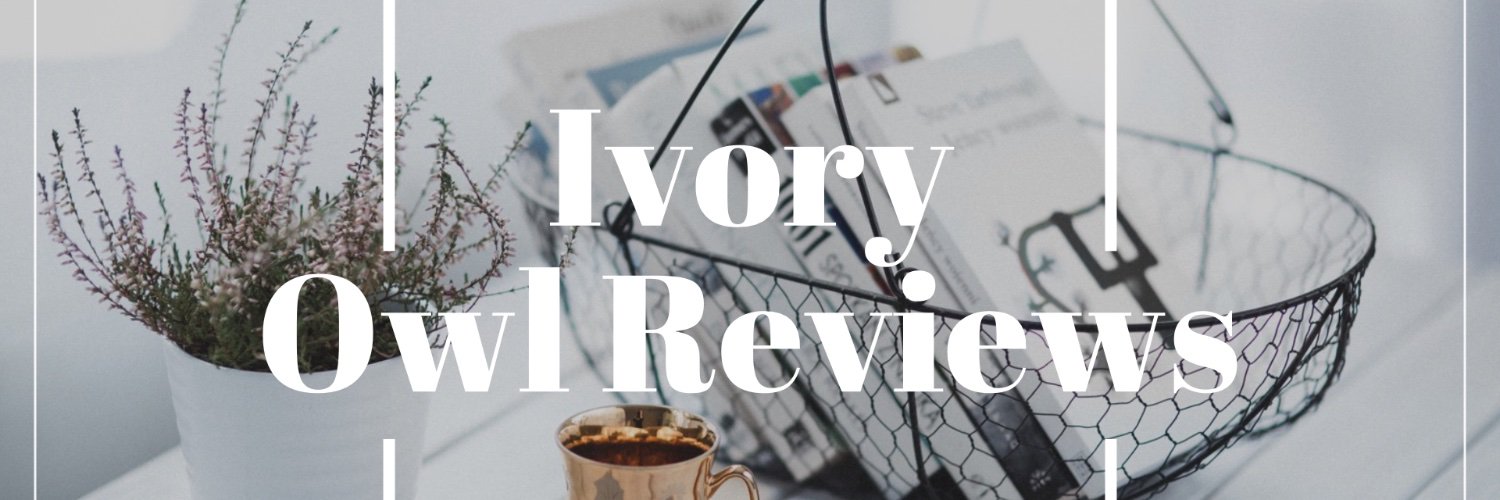Title: The Summer without men
Author: Siri hustvedt
The story rotates between the women residing with her mother, "the Five Swans," Mia's troubled neighbor, and the girls in her poetry workshop. These adolescents' academic works showcase what its like to be a young teen girl. But it is their personal interactions that eventually require an intervention. (Trigger warning for personal reflection on the fragility of teen friendships and flashbacks of emotional whirlwinds related to sleepovers. )
Publisher: Picador
Publication Date: May 2011
ISBN: 9780312570606
Pages: 182
How I got it: Library
Publication Date: May 2011
ISBN: 9780312570606
Pages: 182
How I got it: Library
So often I start my reviews with my preconceived notions going into a book and The Summer without Men is no different. Based on the title and cover, I expected light and snarky humor, but my notions were turned on their ear.
The inside dust jacket describes Mia Fredrickson as the "wry, vituperative, tragicomic poet narrator" of The Summer without Men. Happily married to her science nerd husband for thirty years, she is thrown into a tailspin when he asks for a "pause." The opening lines of the novel are: "sometime after he said the word 'pause,' I went mad and landed in the hospital. He did not say 'I don't ever want to see you again' or 'its over,' but after thirty years of marriage 'pause' was enough to turn me into a lunatic whose thoughts burst, ricocheted, and careened into one another like popcorn kernels in a microwave bag." After leaving the psych ward, Mia rents a home in the same small town where her mother is residing in an assisted living facility.
The story rotates between the women residing with her mother, "the Five Swans," Mia's troubled neighbor, and the girls in her poetry workshop. These adolescents' academic works showcase what its like to be a young teen girl. But it is their personal interactions that eventually require an intervention. (Trigger warning for personal reflection on the fragility of teen friendships and flashbacks of emotional whirlwinds related to sleepovers. )
The novel is peppered with symbolism, discredited "scientific" research and literary references to the inequality of the sexes. Lola's Chrysler building, Eiffel tower, and tower of Pisa earrings represent poor, young abused wives' lack of opportunities and movement. Mia reflects how scientists previously claimed that women who used their brain too much would have inadequate anatomy, such as shriveled uteruses. Emily Dickinson's dissatisfaction at the privileges denied to the "weaker sex. "
Don't be fooled by the title of this book. It is not "anti-men" but a social and cultural view of phases of women and their relationships. It is "The Bell Jar" meets "When Women Were Birds." Labeled as fiction, I find it in a grey area of non-fiction fiction. Siri Hustvedt's characters represent women in every stage of life. Female readers will identify with and male readers will be given insight to the complexities of female emotions and relationships.


No comments
Post a Comment